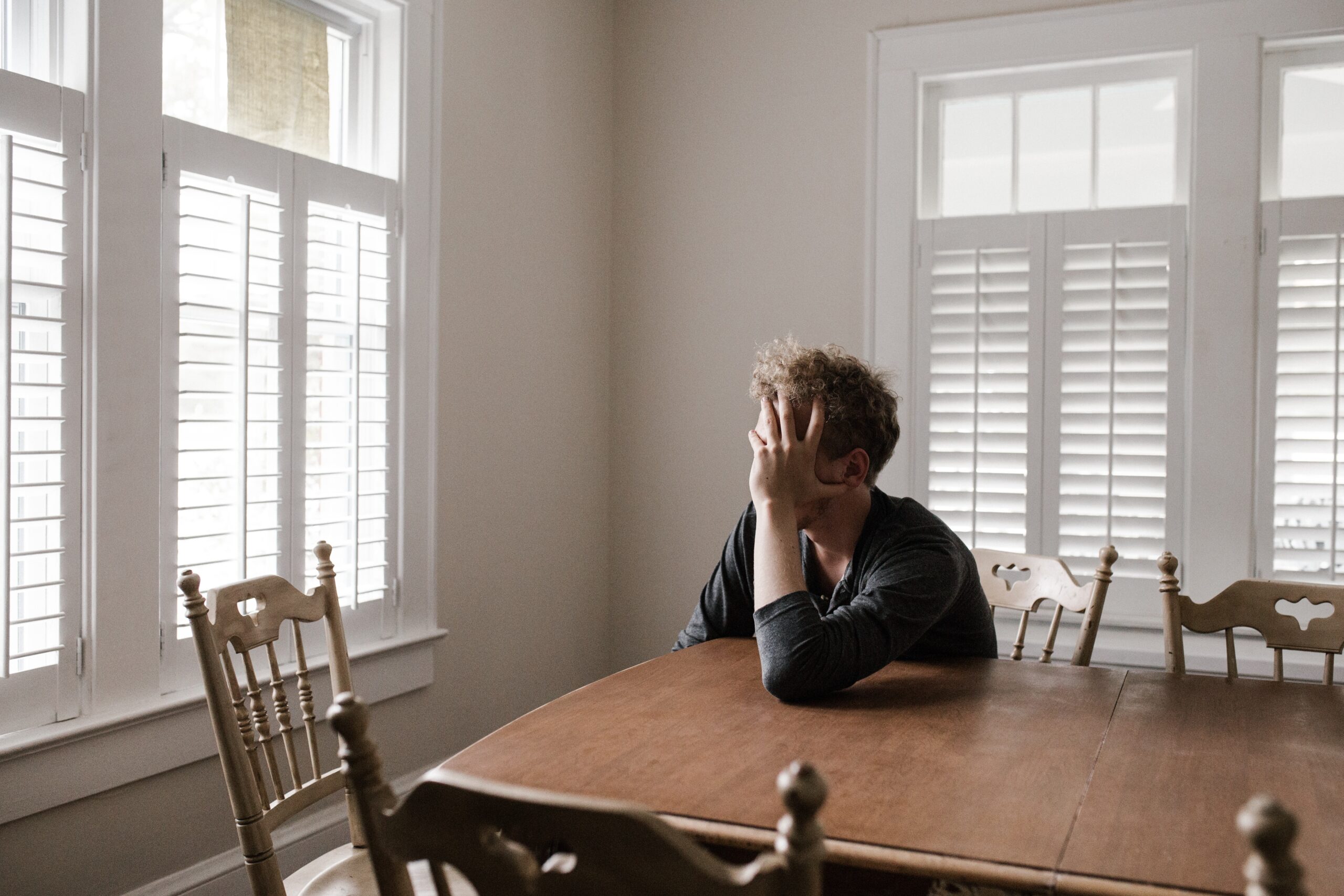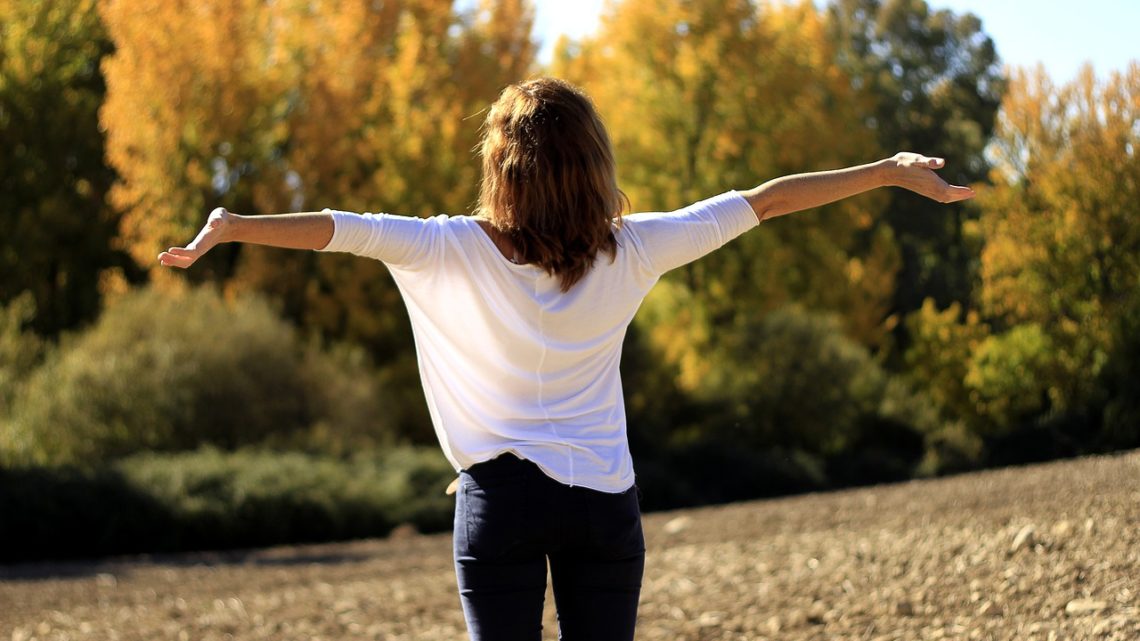When anxiety sets in, it’s easy to feel isolated, vulnerable, and self-critical.
Most people try to rationalise their way out of fear, leading them down a winding rabbit hole of worry to a place that can feel even more lost, confused or afraid.
Vision narrows. The heartbeat quickens. Breathing shortens. The chest feels heavier. Worry has arrived, and no amount of rationalising will work. Does this happen to you?
If so, there’s good news: you’re not alone. Anxiety is more common than most people think. Almost 20% of all adults suffer from acute anxiety. That’s 1 in 5 adults. People just don’t talk about it much because of a fear of judgement.
With that in mind, here are four mindfulness exercises that can help you alleviate anxiety as soon as you notice it.
1. The mindful 3×3
To interrupt catastrophic or fearful thinking that fuels anxiety, you can try naming 3 things that 3 of your senses can recognise in this moment. For example, right now:
I can SEE
– colours around me, like blue, green, gold, gray and black.
– shapes, like squares, cylinders, rectangles, drops, and lines.
– movements, like someone walking, a cloud moving, and my fingers typing.
I can HEAR
– a light breeze,
– the keyboard tapping sounds,
– the faint sound of my breath going in and out of my nostrils.
I can FEEL
– the cool temperature of the air around me
– my toes touching my wool socks
– the rise and fall of my belly as I breathe
If you still feel a significant amount anxiety, then you can try adding either more senses or more things each of your senses can recognise in the moment.
2. Breathe 4-7-8
This breathing exercise will naturally calm your physical nervous system, alleviating anxiety quickly and effectively. It may seem a little subtle when you first try it, but you will feel more calm and clear with repetition and practice.
How to do the excerise:
Place the tip of your tongue against the ridge behind your upper front teeth, and exhale completely through your mouth, making a whoosh sound.
For 4 Seconds: inhale quietly through your nose…
For 7 Seconds: hold your breath…
For 8 Seconds: exhale through your mouth, making a whoosh sound…
(Repeat this cycle 3 more times.)
Since you can do this anytime, anywhere, it’s a very handy tool that you can use whenever you feel anxious or worried.
3. Drop the suitcases
Imagine standing in the street outside of your house with two heavy suitcases. Know that one of those suitcases is full of worries about the future and the other suitcase is full of regrets about the past.
Take a moment standing there in the street, holding these two HEAVY suitcases, and reflect about each one.

Reflect about the future: how it will come on it’s own accord whenever it comes and that most of what we worry about will never happen.
Standing out there in the street, reflect about the past: how the past cannot be changed and that all we can do in the present is to learn from it, put in whatever corrections make sense, become more skillful, become a better person, and move on.
Standing there in the street, feeling the weight of these two HEAVY suitcases, and absorbing the wisdom of your own reflections right now, make a conscious decision.
Do you want to drop the suitcase of worry about the future? And if so, simply drop it…. simply drop it….
Then, standing there in the street with the other suitcase so heavy about the past, make a conscious decision. Do you want to drop it? And if so, just drop it…. just drop it….
And as soon as you have dropped the two suitcases, walk into your home, take your seat right where you are, and plop down, so relaxed, like someone coming home from a long trip…
Dropping suitcases, and just relaxing, rested in the present, just breathing…
Resting in the natural wellbeing of simply breathing, resting in the fundamental wellbeing of awareness itself… Awareness which does not worry or regret.
Resting as if this is meaningful for you, with total relaxation throughout your body and mind…
4. Soften your belly
Let your belly be soft and breathe in through your nose and out through your mouth.
When your belly is soft, more oxygen goes to the bottom of the lungs, allowing the oxygen to move more easily into your blood, supplying your brain with the nourishment it needs.
Softening your belly also helps to activate the vagus nerve, which promotes more relaxation and less emotional reactivity.
Some people like thinking of the word “Soft” as they breathe in and the word “Belly” as they breathe out.
See what that feels like for you: think of the word “Soft” as you breathe in…
and think of the word “Belly” as you breathe out….
If thoughts come, let them go and gently bring your mind back to “Soft” on the inhale, and “belly” on the exhale.
You may feel a little bit calmer.
Your heart rate may feel a little bit slower.
You may be seeing the room around you with a little bit more clarity.
Maybe your shoulders are more relaxed.
See if you can bring this same quality of soft relaxation in your belly throughout the rest of the day.
If you enjoyed these mindfulness exercises. Feel free to share them with your friends and family. After all, sharing is caring!
Author: Sean Fargo
Sean Fargo is the founder of Mindfulness Exercises, an online resource of more than 1,000 free mindfulness exercises. He is also a mindfulness consultant, former Buddhist monk of 2 years, and certified instructor for Search Inside Yourself Leadership Institute, the mindfulness program born at Google.














